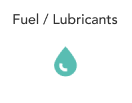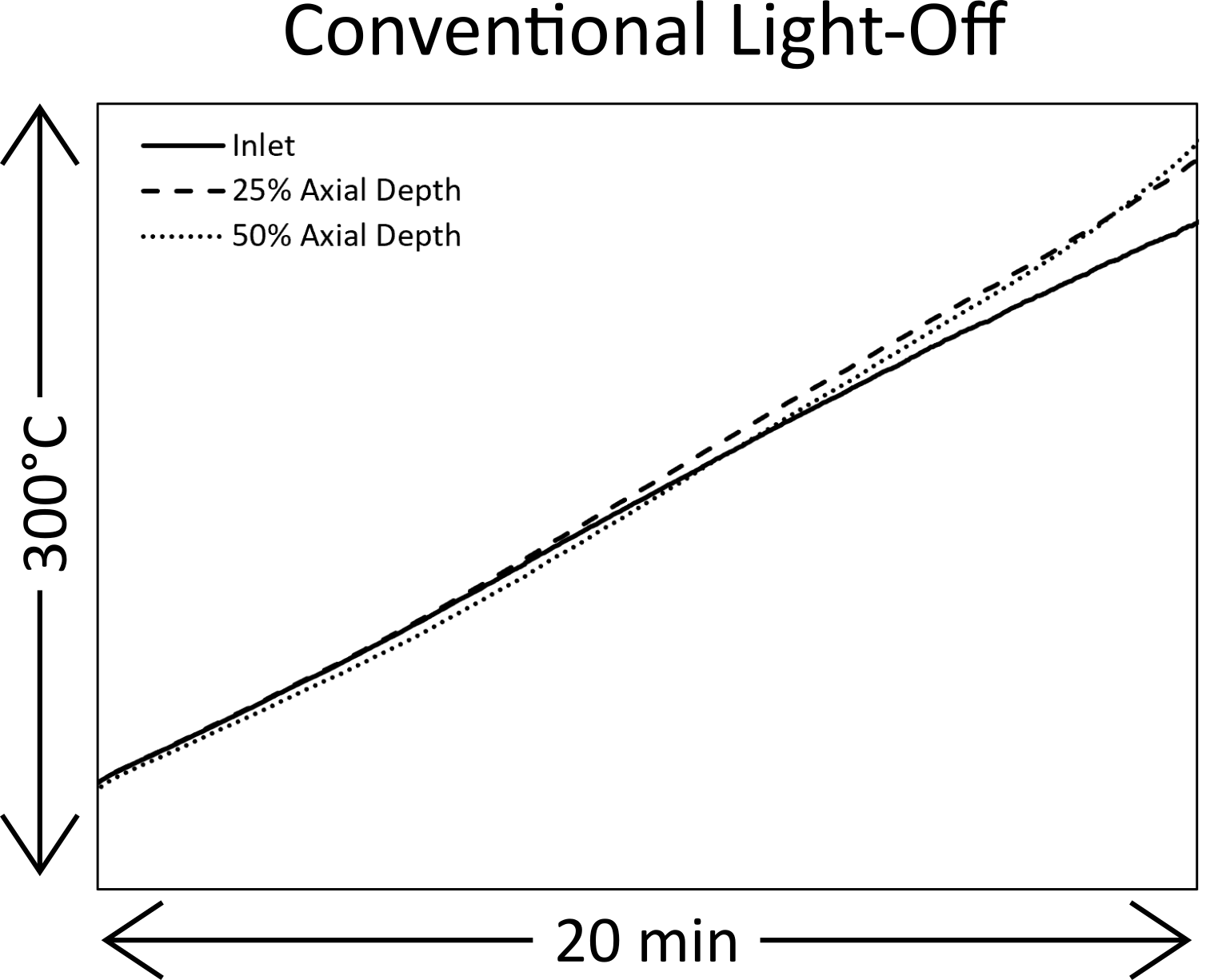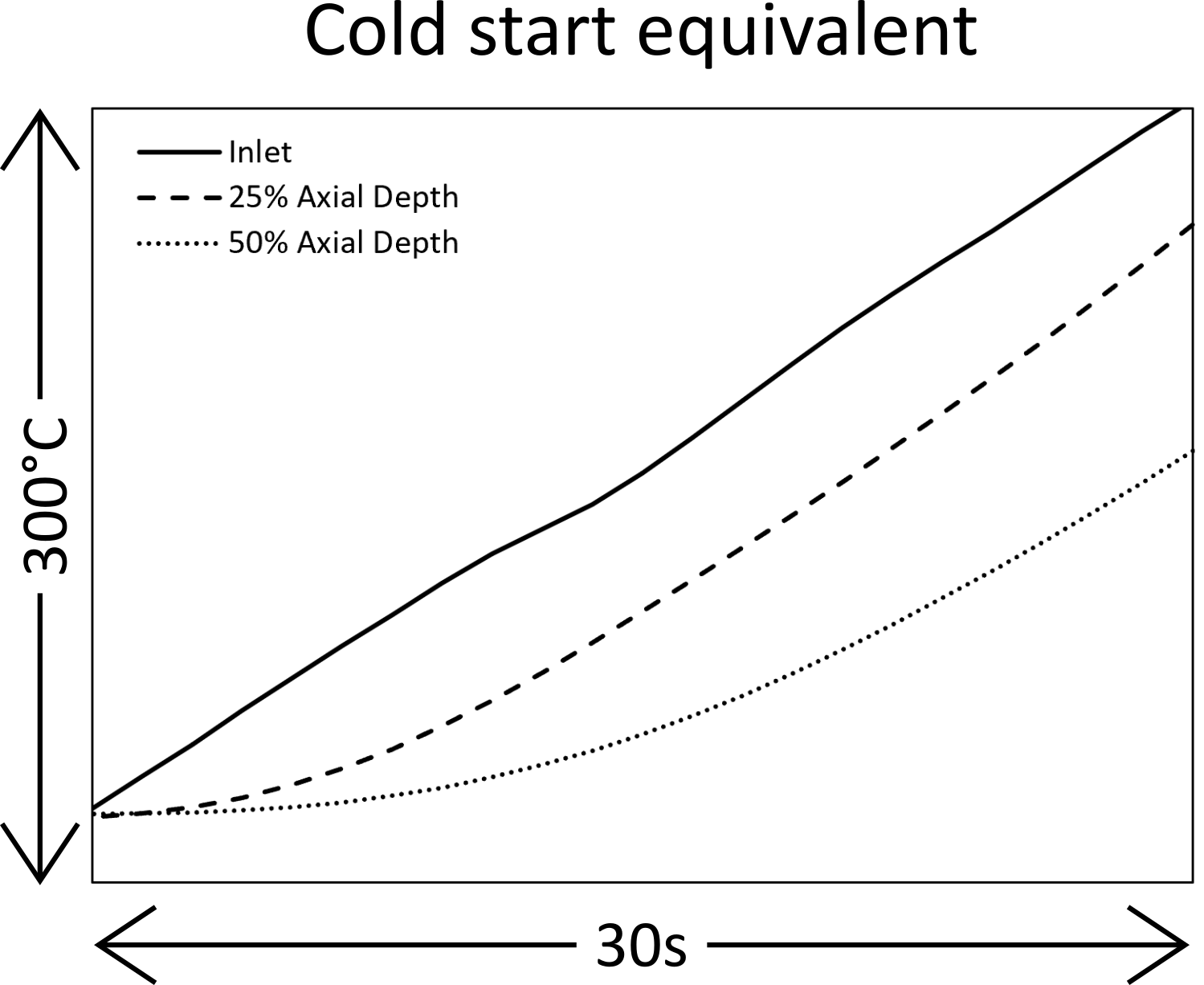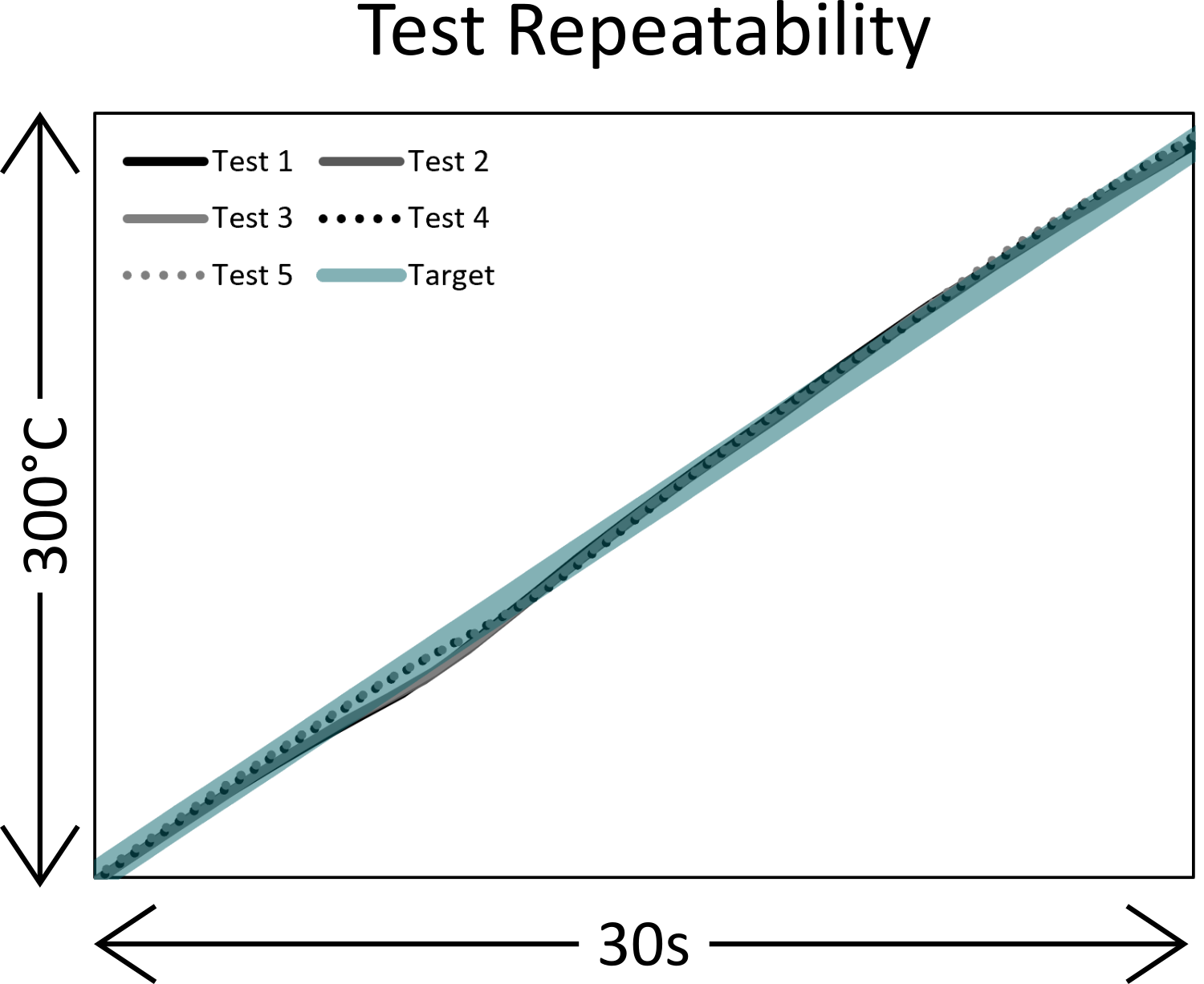Using OMEGA Cold Start Emissions Evaluation
by Matthew Elliott, AUTO Technical Specialist at CATAGEN
A key challenge in the development of a new powertrain or aftertreatment system is the control of cold start emissions. Legislative pressures have made this challenge more difficult over recent years, and will continue to do so going forward. The first 60 – 90 seconds of any drive cycle, where the catalyst is lighting-off, is a critical phase and as CATAGEN’s CTO Prof. Roy Douglas has said
“You can’t pass an emissions test in the first 60 seconds, but you can certainly fail it”.
Over recent years new aftertreatment technologies have been proposed and implemented to help overcome the cold start emissions challenge, with E-Cats a current hot topic for discussion.
Regardless of how OEMs tackle the cold start emissions challenge, a key step in the process is understanding the behaviour of the catalyst. If we consider conventional methods of analysing catalyst activity such as a light off test, we can quantify or characterise the dependency of catalyst activity on temperature. This would suggest that we can use data from this to understand the cold start emissions behaviour. However this is not strictly true, and the reasons for this are discussed below.
In what could be classed as a conventional light off test, the low and steady rise in catalyst inlet temperature (e.g. 15°C/min) allows the catalyst to experience a somewhat uniform temperature distribution throughout the monolith, which in simple terms promotes catalyst activity throughout the entire brick. This low inlet temperature ramp rate is in stark contrast with the aim of the powertrain and aftertreatment system on cold start, with the objective in this situation to heat the catalyst as quickly as possible. Rather than experiencing a uniform temperature distribution, under rapid heating (vehicle cold start), a strong temperature gradient is experienced along the catalyst due to its thermal inertia. The contrasting thermal profiles through the catalyst monolith are illustrated in Figures 1 and 2, where catalyst inlet temperatures were ramped at vastly different rates (approximately 40x difference). Figure 1 shows the catalyst temperature distribution during a conventional light off (up to around 10% conversion), with Figure 2 showing a cold start simulated equivalent.
Throughout the duration of the temperature ramp under conventional conditions, there is little difference in temperature evident throughout the catalyst monolith. This is in stark contrast to the behaviour witnessed under the cold start equivalent conditions, where the impact of thermal inertia is clear; in the case shown here there was over 100°C difference in temperature along the monolith. In fact this temperature distribution would be further exaggerated if comparisons were available further through the monolith.
The non-uniform temperature distribution through the catalyst during cold start is clear, but what does this mean for aftertreatment system performance? To answer this we can reflect back on what was outlined above around the purpose of a light-off test – characterising the activity of a catalyst against temperature. If we consider a simplified case where catalyst loading and dispersion are uniform along the length of the monolith, throughout the cold start test we would see non-uniform activity along the catalyst, with the front face ‘lighting off’ first.
In fact, this behaviour can be (and is often) leveraged by the aftertreatment system designer to improve catalyst performance during cold start through the use of additional PGM (Platinum Group Metal) loading towards the front of the monolith. The opposite effect can be witnessed with the aftertreatment system in service, due to non-uniform catalyst deactivation. Across many applications, catalyst hardware will experience additional deactivation towards the front face of the catalyst, particularly when considering multi-cat systems. In terms of cold start performance, aftertreatment systems with high front face deactivation must overcome additional thermal inertia before good emissions conversion performance is realised, with the additional warmup time resulting in increased tailpipe emissions.
The key takeaway here is that the localised deactivation in the critical front face area of the catalyst may not be captured by a conventional light-off test. In fact, conventional light-off tests could show that catalysts with and without localised deactivation have similar overall activity, when in fact the cold start emissions performance could be substantially different. In order to overcome this challenge CATAGEN have developed a cold start equivalent, or fast, light off test. Designed to represent the rapid heating of the aftertreatment system in a controlled and repeatable manner, the CATAGEN Cold Start Emissions test or Fast Light-Off consists of an inlet temperature ramp at 10°C/second, with constant mass flow and exhaust gas composition. This test provides additional insight into the performance of the aftertreatment system, allowing the impact of localised catalyst degradation to be evaluated.
The new, repeatable, Cold Start Emissions test at CATAGEN has been developed to provide additional insight into catalyst performance, allowing localised deactivation in the critical front face region to be investigated. This is particularly useful for golden catalyst replication activities, or for R&D type work where the additional insight can add significant value. Recent R&D activities at CATAGEN have involved the development of an Artificial Intelligence framework to support various testing activities. This can be utilised to develop a vehicle representative cold start emissions profile on a case-by-case basis where necessary, to add further value over the standard fixed ramp rate test offering.
More Content:















